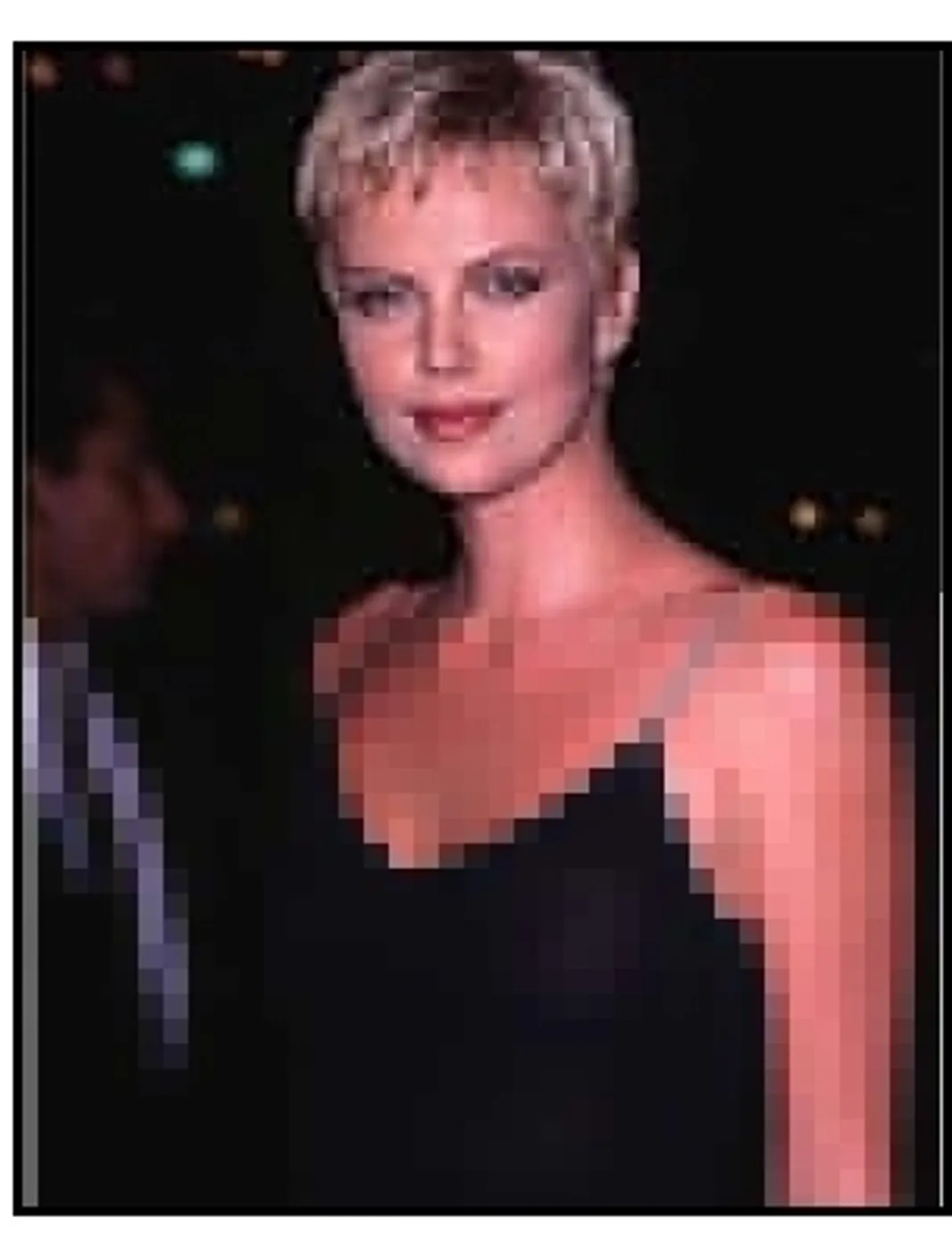
The Academy of Motion Picture Arts and Sciences handed out 21 awards tonight for scientific and technical achievements.
Actress Charlize Theron hosted the black tie gala at the Regent Beverly Wilshire hotel.
Scientific and Technical Awards are presented by the academy for “devices, methods, formulas, discoveries or inventions of special and outstanding value to the arts and sciences of motion pictures.”
Seven Scientific and Engineering Awards were presented in the form of plaques, and 14 Technical Achievement Awards were given out as certificates. Its board of directors chose the winners based on recommendations from the
Scientific and Technical Awards Committee.
Achievements receiving the scientific and technical awards needn’t have been invented during the current year, said Awards Administration Director Richard Miller. They are considered “only if they have proved their exceptional merit through successful use,” he said.
An Oscar statuette was presented to Edmund M. Di Giulio, who the academy calls one of the film industry’s “foremost engineering minds.” De Giulio was the Gordon E. Sawyer Award recipient. The award, established
in 1981, is “presented to an individual in the motion picture industry whose technological contributions have brought credit to the industry.”
Perhaps best known for his part in the engineering and development of the Steadicam, Di Giulio has been active on various Academy subcommittees. He chaired the Academy’s Scientific and Technical Awards Committee for five
years.
An Award of Commendation went to Rune Ericson, who was honored for “his groundbreaking efforts on and dedication to the development of the Kodak Super 16mm film format for motion pictures.” According to the academy, the Swedish director of photography has worked for more than 30 years to improve the Super 16mm, which has been used for more than 500 feature films shot throughout the world since the 1970s.
The system gives the camera extreme mobility, allowing cuts in production costs and shooting time without corrupting the quality of the image, according to AMPAS. The 16mm film format has also played a significant part in furthering the mainstream success of low-budget films. By extending the width of the 16mm frame, more of the frame height can be used, which allows low-budget films to be produced in a technically compatible version for widescreen theatrical release.
Here are the Scientific and Engineering Award recipients:
John Eargle, Don Keele and Mark Engebretson for the concept, design and engineering of the modern constant-directivity, direct radiator style motion picture loudspeaker systems;
Iain Neil won for the concept and optical design and Al Saiki for the mechanical design of the Panavision Primo Macro Zoom Lens, a compact, wide-angle, macro focus lens;
Peter Kuran for the invention, and Sean Coughlin, Joseph A. Olivier and William Conner for the engineering and development, of the RCI-Color Film Restoration Process, which restores color to faded color negatives;
Franz Kraus, Johannes Steurer and Wolfgang Riedel for the design and development of the ARRILASER Film Recorder, which demonstrates a high level of engineering resulting in a compact, user-friendly, low-maintenance device while at the same time maintaining outstanding speed, exposure ratings and image quality;
Makoto Tsukada, Shoji Kaneko and the Technical Staff of Imagica Corp., and Daijiro Fujie of Nikon Corp., for the Imagica 65/35 Multi-Format Optical Printer, a liquid-gate optical printer that offers ease of set-up and change-
over to various formats from 35mm to 65mm;
Steve Gerlach, Gregory Farrell and Christian Lurin for the design, engineering and implementation of the Kodak Panchromatic Sound Recording Film, which allows all four soundtrack systems to be exposed on a single negative
with relative ease, facilitating more economic distribution of motion pictures; and
Paul Constantine and Peter M. Constantine for the design and development of the CELCO Digital Film Recorder products.
Here are the Technical Achievement Awards winners:
Pete Romano for the design and development of the Remote AquaCam, an underwater camera housing system for use in motion pictures;
Jordan Klein for his pioneering efforts in the development and application of underwater camera housings for motion pictures;
Lance Williams for his pioneering influence in the field of computer-generated animation and effects for motion pictures;
Bernard Werner and William Gelow for the engineering and design of filtered line arrays and screen spreading compensation as applied to motion picture loudspeaker systems;
Tomlinson Holman for the research and systems integration resulting in the improvement of motion picture loudspeaker systems;
Geoff Jackson and Roger Woodburn for their DMS 120S Camera Motor;
Thomas Major Barron for the overall concept and design; Charles Smith for the structural engineering; and Gordon Seitz for the mechanical engineering of the Bulldog Motion Control Camera Crane;
John Anderson, Jim Hourihan, Cary Phillips and Sebastian Marino for the development of the ILM Creature Dynamics System;
Dr. Steve Sullivan and Eric Schafer for the development of the ILM Motion and Structure Recovery System;
Carl Ludwig and John Constantine Jr. for their contributions to CELCO Digital Film Recorder products;
Bill Spitzak, Paul Van Camp, Jonathan Egstad and Price Pethel for their pioneering effort on the NUKE-2D Compositing Software;
Dr. Uwe Sassenberg and Rolf Schneider for the development of “3D Equalizer,” an advanced and robust camera and object match-moving system;
Garland Stern for the concept and implementation of the Cel Paint Software System; and
Mic Rodgers and Matt Sweeney for the concept, design and realization of the “Mic Rig,” a self-contained, low bed picture car carrier and camera platform.


